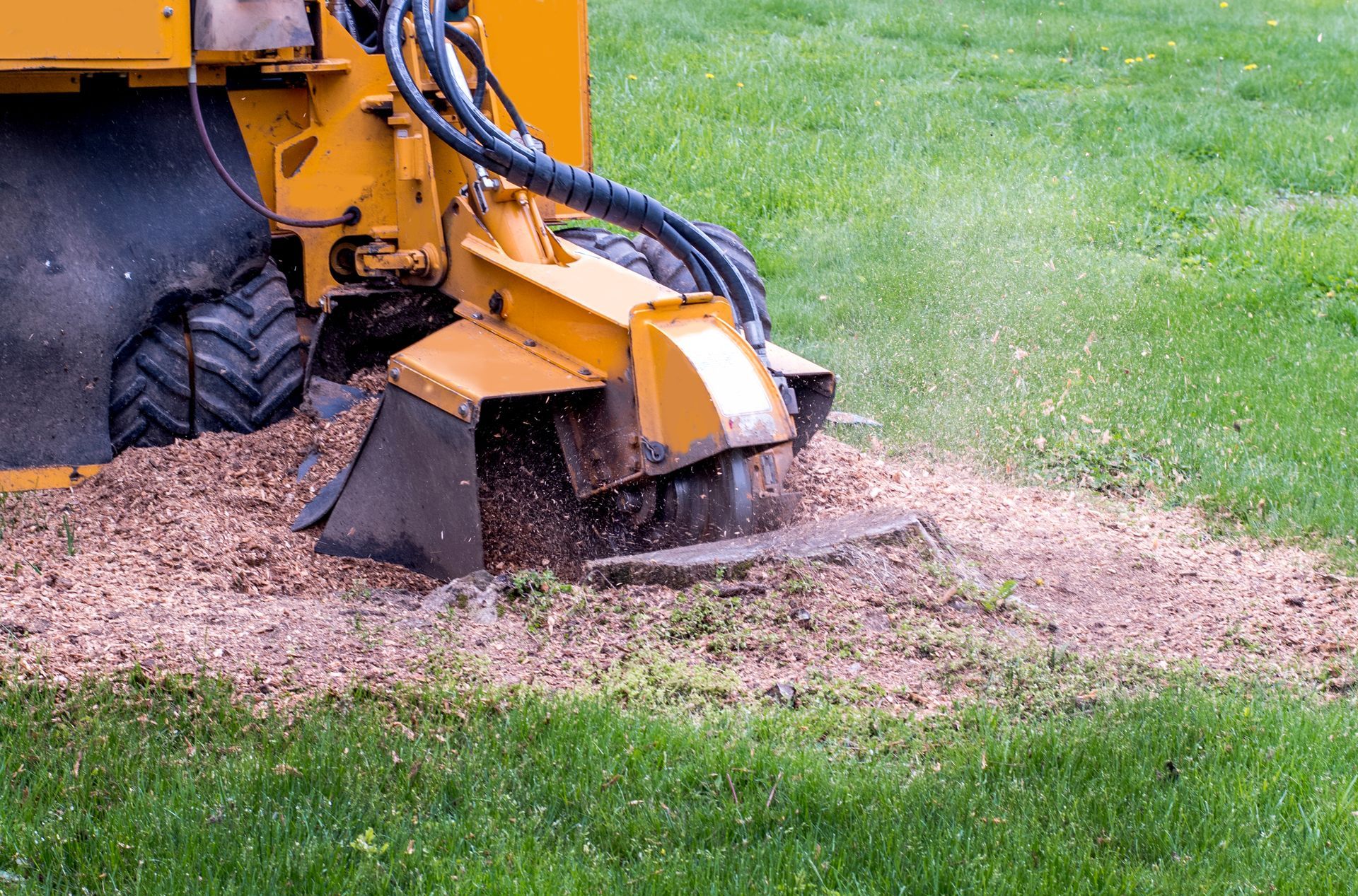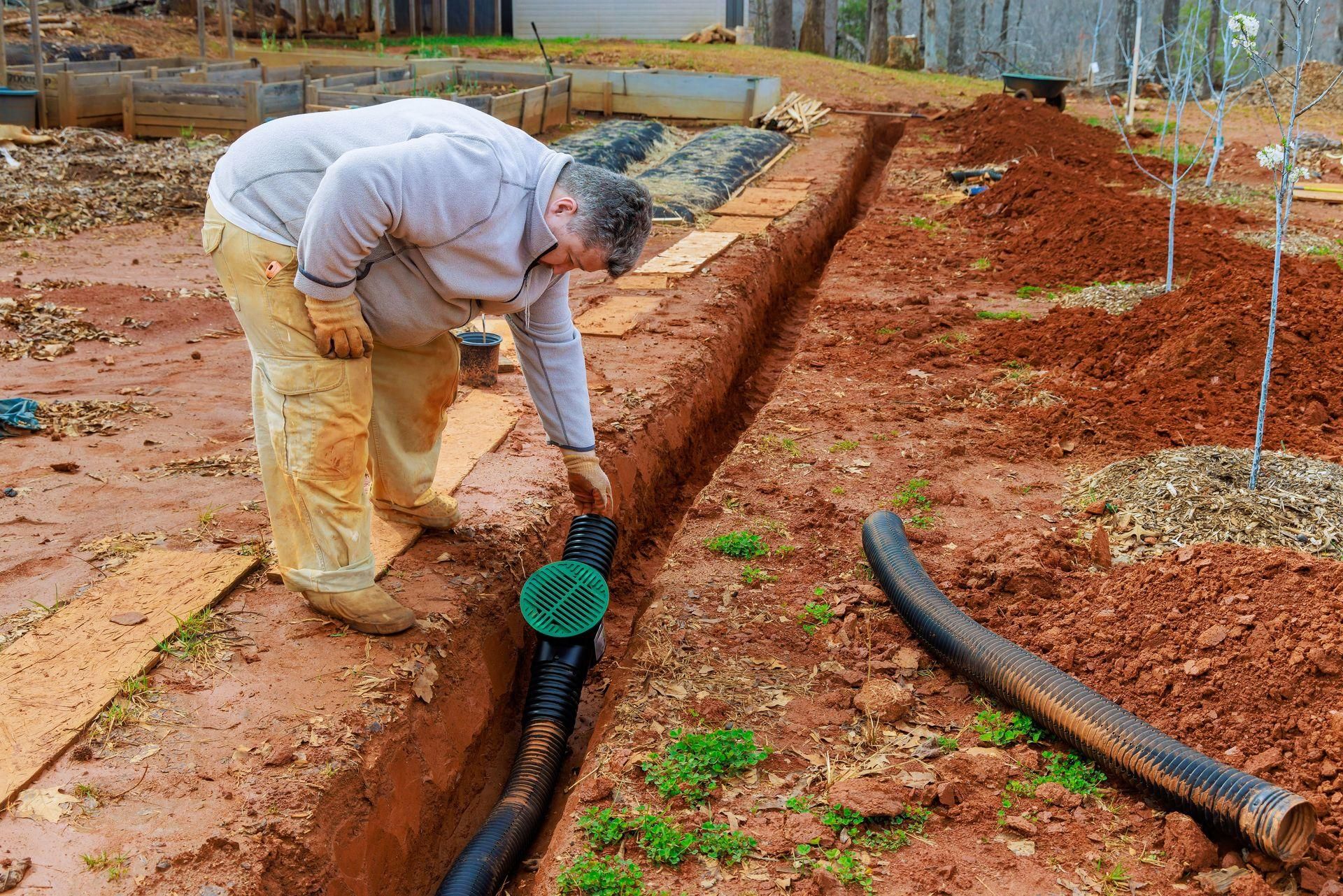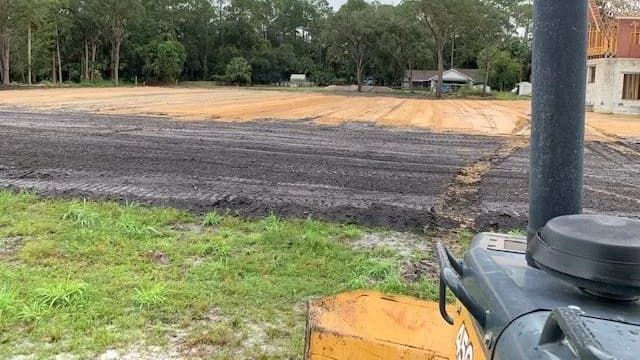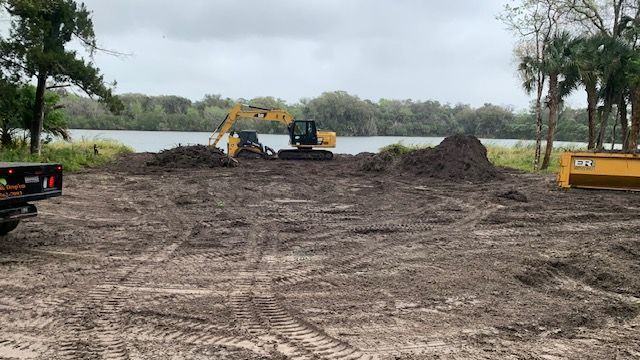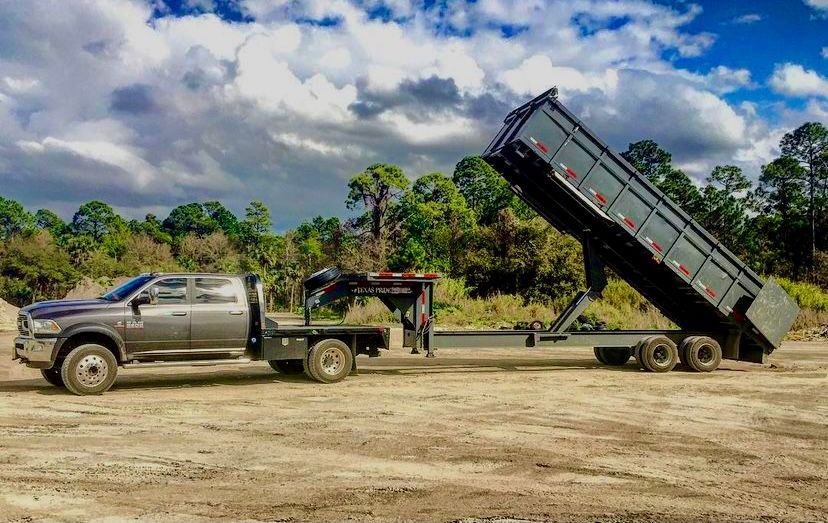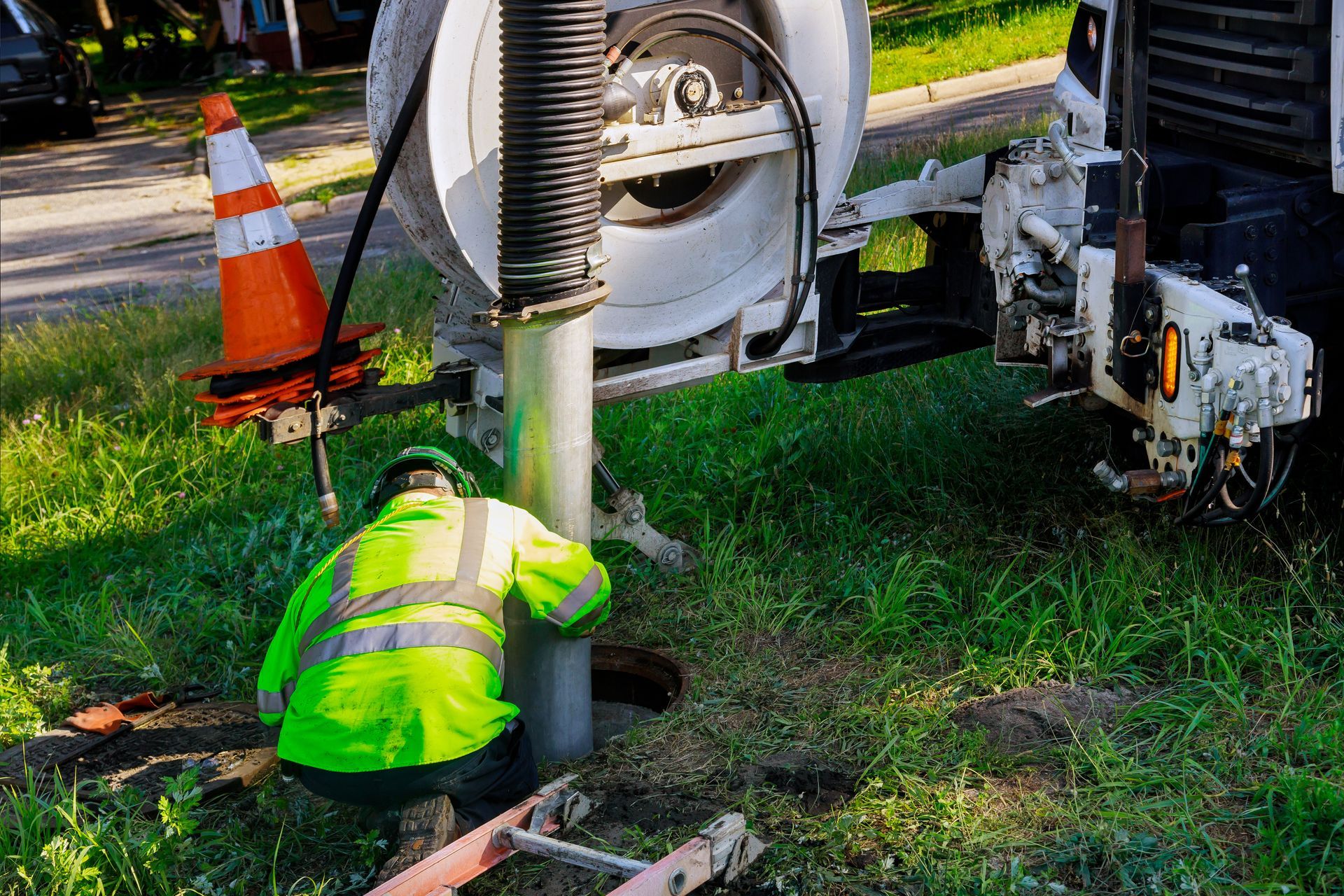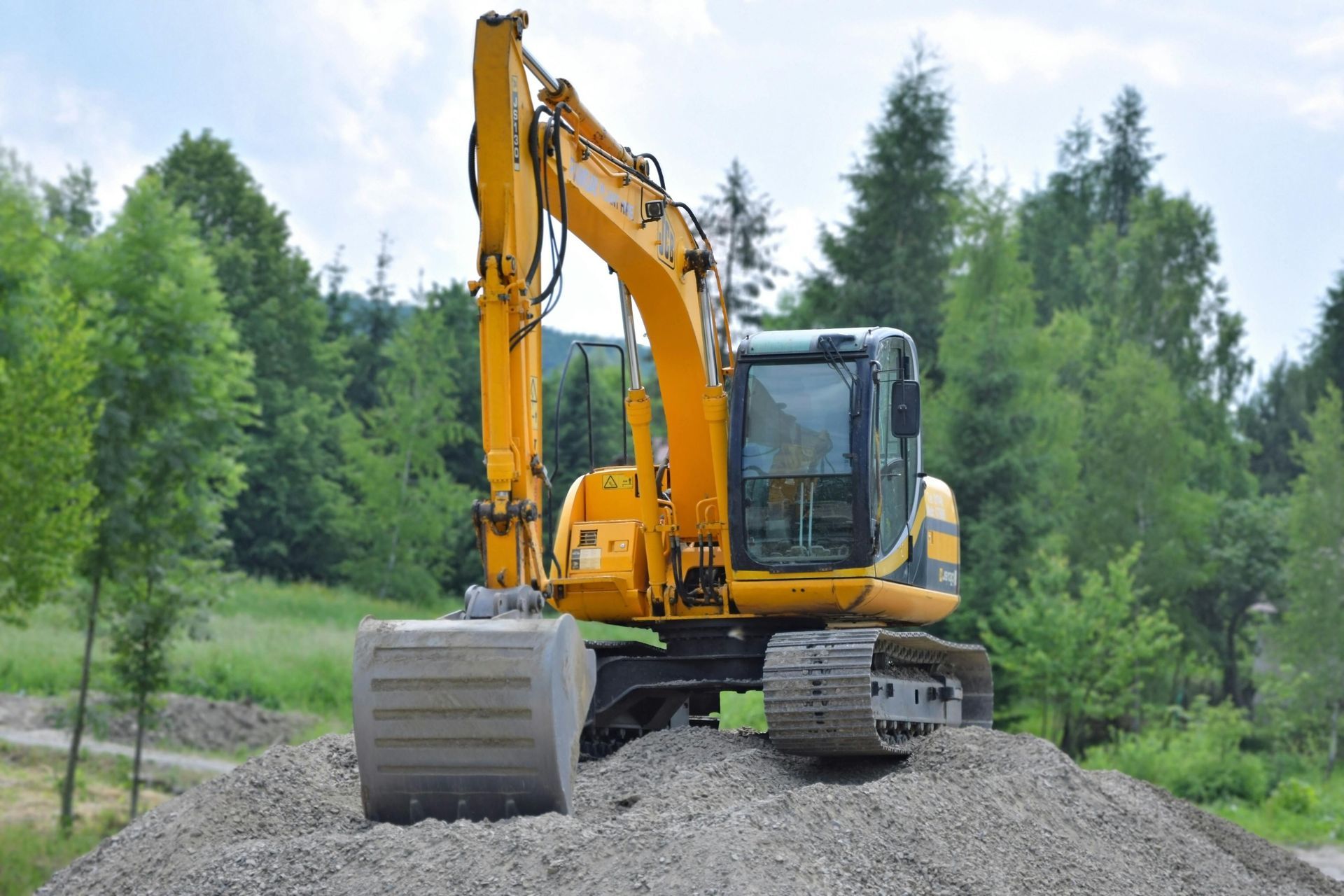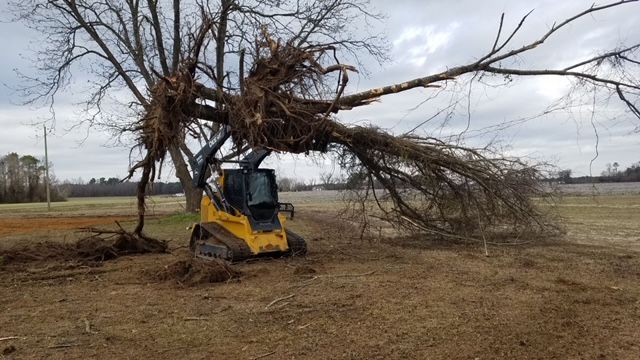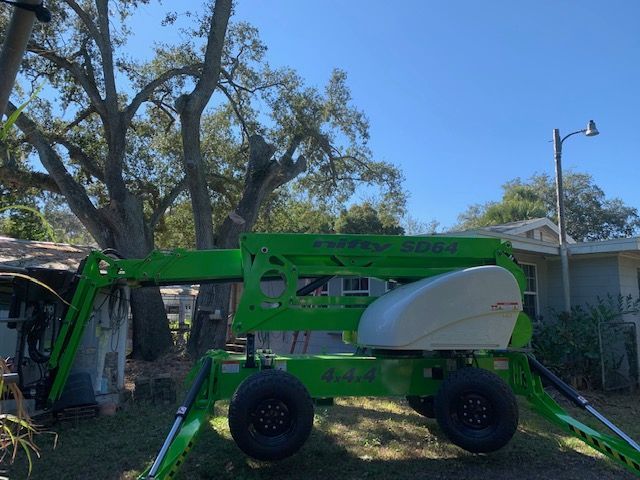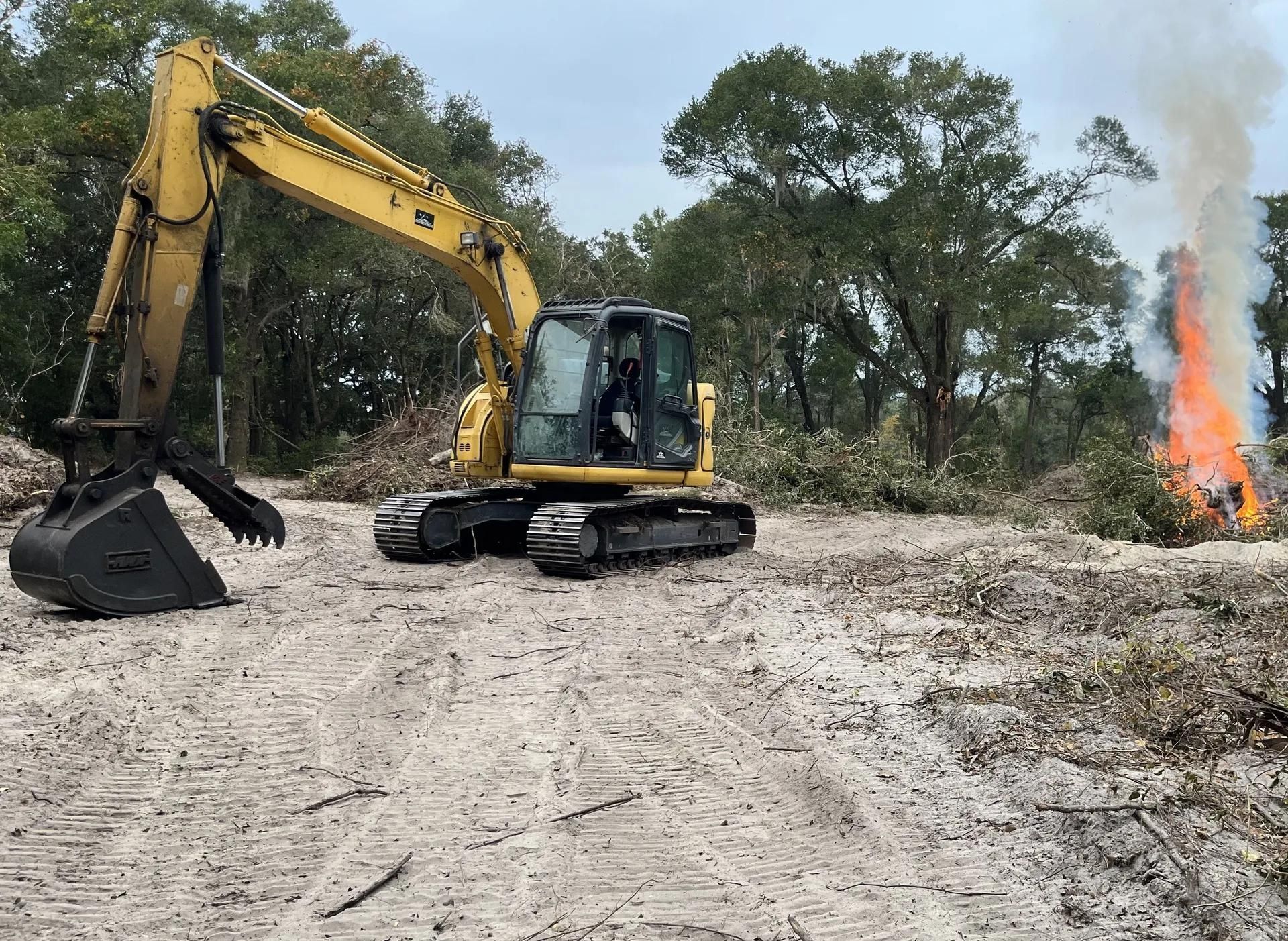Are Leftover Stumps Ruining Your Soil? Here’s What to Do
Got an old stump sitting in your yard? You might think it’s just an eyesore, but it could be doing more harm than you realize. Stumps attract pests, drain nutrients from the soil, and can even spread fungus. If your grass looks thin, your plants struggle to grow, or you keep finding mushrooms popping up, that stump might be the culprit.
Let’s dig into why leftover stumps are bad news and what you can do to fix the problem.
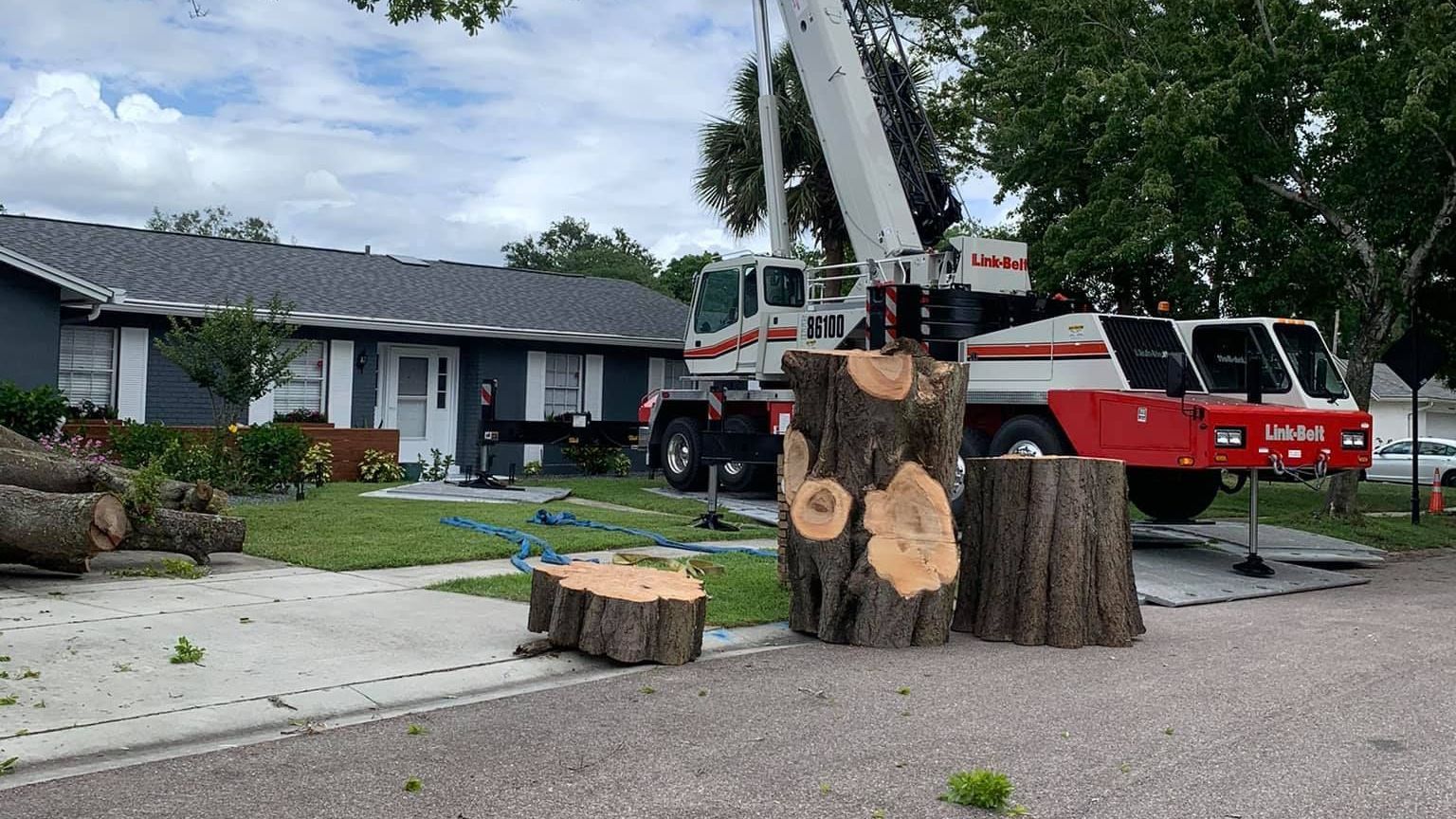
How Leftover Stumps Negatively Impact Your Soil and Yard
1. Stumps Attract Bugs and Animals
A leftover stump becomes a breeding ground for pests.
Here are some common ones:
- Termites: Eat wood and can spread to your house or fence.
- Carpenter Ants: Dig tunnels inside the stump, weakening it.
- Beetles: Lay eggs in rotting wood, then spread to other trees.
- Rodents: Mice, rats, and squirrels burrow around decaying stumps, creating hazards in your yard.
These pests can harm your entire yard.
2. Stumps Take Nutrients from Your Soil
Old stumps act like a sponge, pulling water and nutrients from the surrounding soil. Without enough nutrients, plants struggle to grow.
Look for these signs:
- Grass grows poorly or unevenly around the stump.
- Plants look weak, discolored, or stunted.
- New trees or bushes fail to take root or grow slowly.
If your yard isn’t growing well, an old stump might be the cause.
3. Stumps Can Grow Harmful Fungus
Stumps create the perfect environment for fungus to spread. Some fungi are harmless, but others can infect healthy trees and plants.
Watch for these warning signs:
- Mushrooms appearing near or on the stump.
- Nearby plants looking unhealthy or starting to rot.
- A musty smell near the stump.
Some fungal infections can take years to clear, making early stump removal essential.
4. Stumps Stop New Plants from Growing
Even after a tree is cut down, its root system can stay alive for years. These old roots cause several problems:
- Compete for water and nutrients, leaving new plants struggling.
- Physically block new trees and plants from taking root.
- Compact the soil, making it harder for grass and flowers to grow.
If plants aren’t growing where a tree used to be, leftover roots might be the reason.
How to Fix Your Stump Problem
The best way to restore your yard is to remove the stump completely. Once it’s gone, your soil will recover, pests will leave, and new plants will have room to grow.
The Best Ways to Remove a Stump
Leaving a stump in your yard causes problems. Here are simple ways to remove it:
Stump Grinding (Fast and Simple)
- A machine grinds the stump into small wood pieces.
- Quick and leaves your yard flat.
- Wood chips can be used around plants.
Full Stump Removal (Best for Planting)
- Dig out the stump and roots completely.
- Good choice if you want to plant again.
- Clears all roots so new plants grow better.
Natural Decomposition (Slow Method)
- Let the stump rot by itself over several years.
- No work, but pests and fungi might grow.
- Not the best choice if you use your yard often.
Chemical Removal (Faster but Needs Care)
- Chemicals help the stump rot faster.
- Takes months and can harm pets or kids.
- Might leave chemicals in the soil.
Grinding or full removal works best for most yards. Natural or chemical removal takes longer or needs extra care.
How to Restore Your Soil After Stump Removal
Once the stump is gone, your yard might still need some care.
Here's how you can quickly make your soil healthy again:
1. Fill the Hole with New Soil
Removing a stump leaves a hole behind. Fill it with fresh topsoil to help your yard:
- Stay level and not sink later.
- Give new grass or plants a good start.
- Keep water draining properly, so the ground stays dry.
2. Give Your Soil More Nutrients
A stump takes nutrients from your soil as it rots. You can easily fix this by:
- Mixing compost into the soil for better plant growth.
- Adding a bit of fertilizer to feed your grass and plants.
- Use leftover wood chips from the stump as mulch to protect and moisturize the soil.
3. Plant Grass or Another Tree
If you want grass, spread seeds or lay down sod, watering regularly. If planting a tree, make sure all old roots are gone so the new tree can grow properly.
4. Keep an Eye on Old Roots
Even after stump removal, roots can keep rotting underground for years. Watch for:
- Mushrooms popping up around the yard.
- Soft or uneven spots in the soil.
- A damp or musty smell in the area.
If these things happen, you might need to dig out leftover roots or loosen up the soil
Frequently Asked Questions
Is it bad to leave a stump in the ground?
Leaving a tree stump in your yard can lead to unintended tree growth. New shoots may sprout from the stump, and these can be challenging and costly to remove, as they often reappear after removal attempts.
Should you remove old tree stumps?
To avoid the spread of disease and pests, we recommend removing your stump.
How long does it take a stump to rot in the ground?
Softwood stumps generally decompose faster than hardwood stumps, with an average timeframe of 3 to 7 years and 5 to 10 years, respectively.
Is stump grinding bad for the environment?
The wood chips produced during grinding can naturally decompose, enriching soil and supporting microorganism growth.
Can you burn an old tree stump?
Can I legally burn my tree stump? Yes, you can burn your tree stump. You will need a permit from your local fire department to do so.
What happens if you don't remove a tree stump?
If left untouched, a tree stump and roots will start to rot and, over time, become home to pests, fungi, and other organisms.
Get Rid of That Stump for Good
A leftover stump can cause more trouble than you might expect. It takes up space, attracts pests, and makes it harder for your yard to stay healthy. Over time, it can even damage the soil, making it tough for anything new to grow.
The sooner it's gone, the better. If you're in Sanford, FL, or the surrounding areas, contact
Top’em & Drop’em Tree Solutions, and we’ll handle the removal so your yard can grow strong and stay problem-free.
